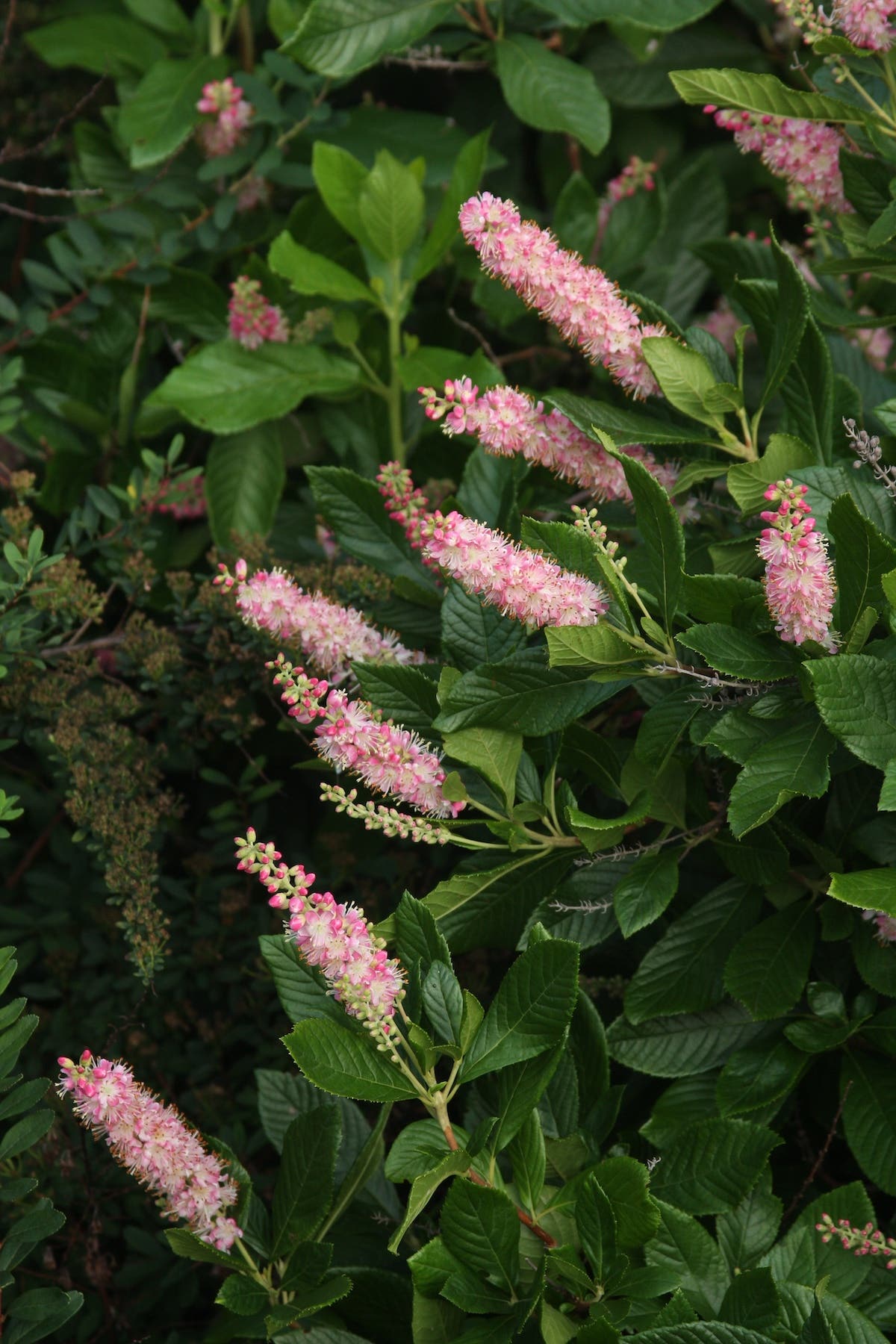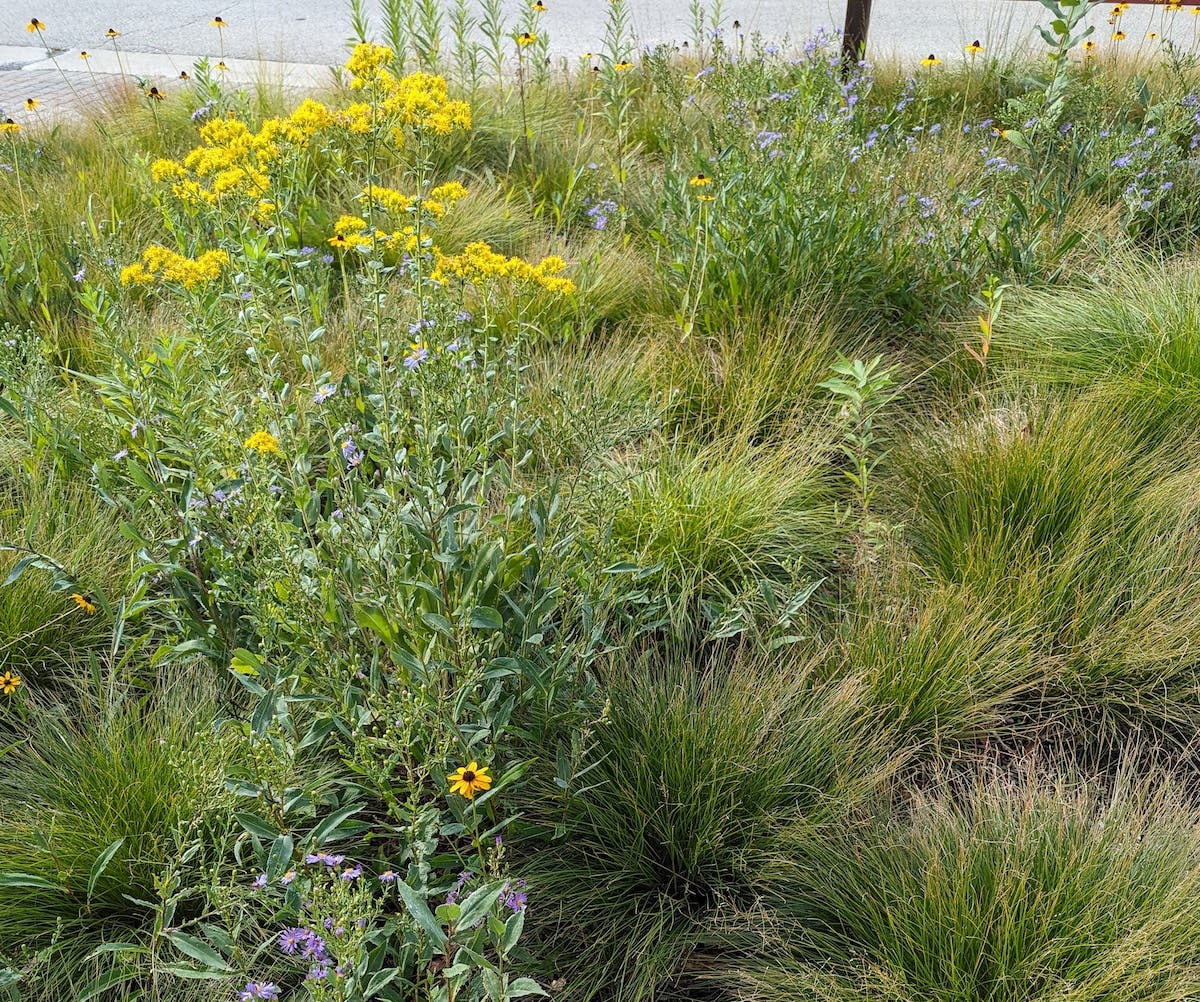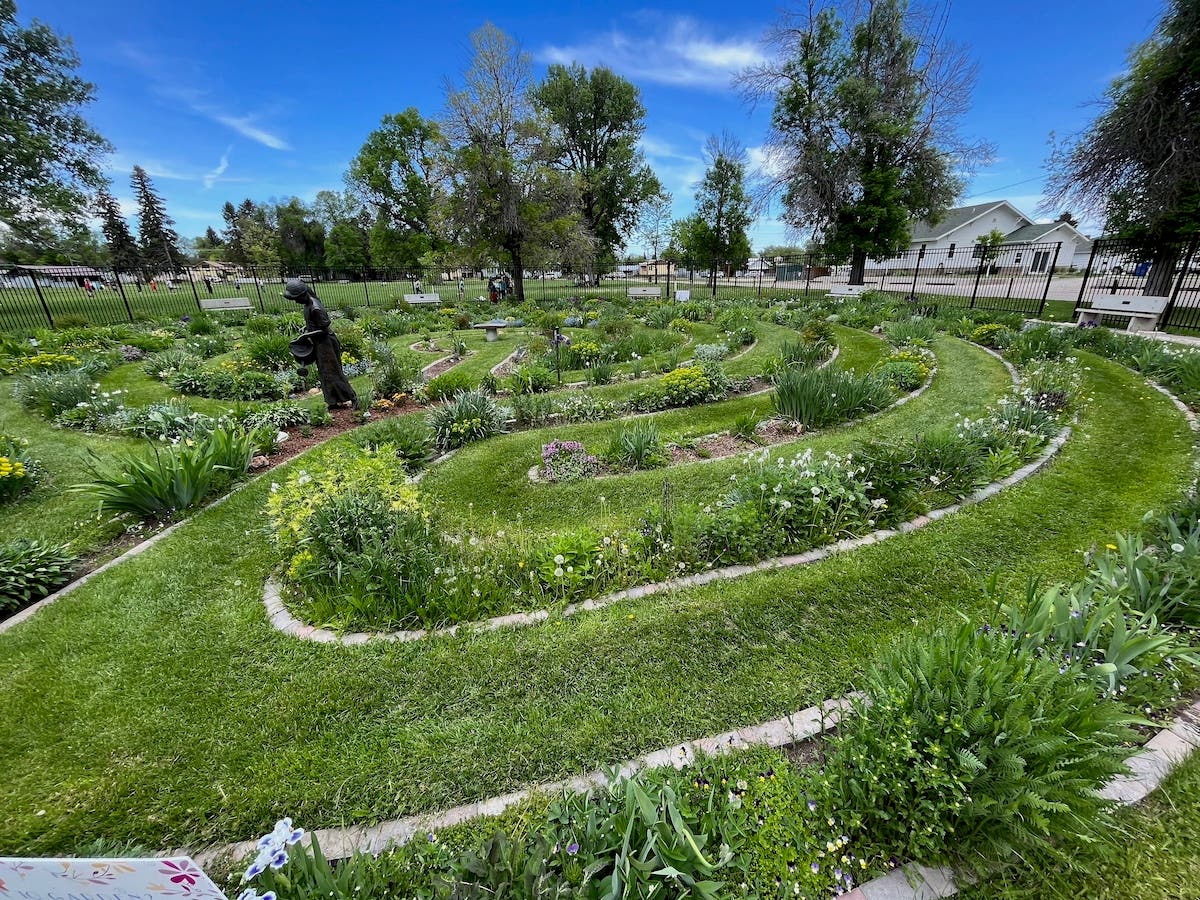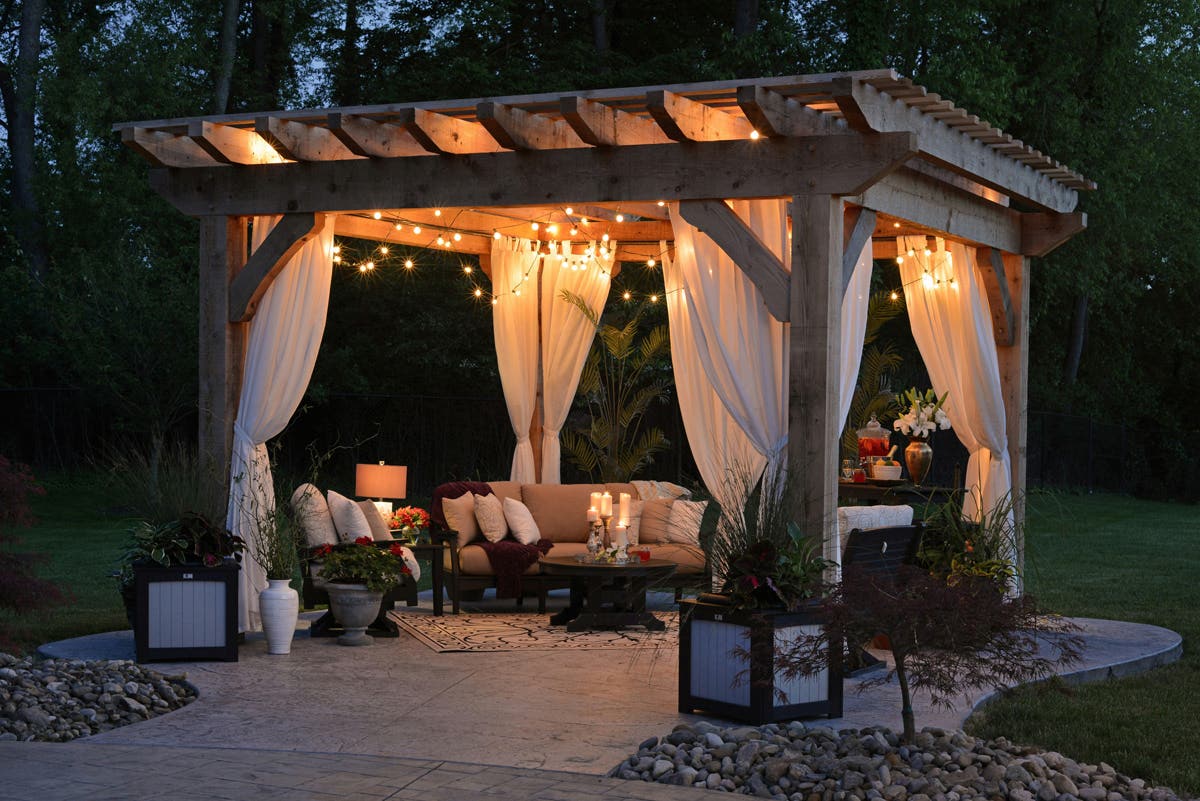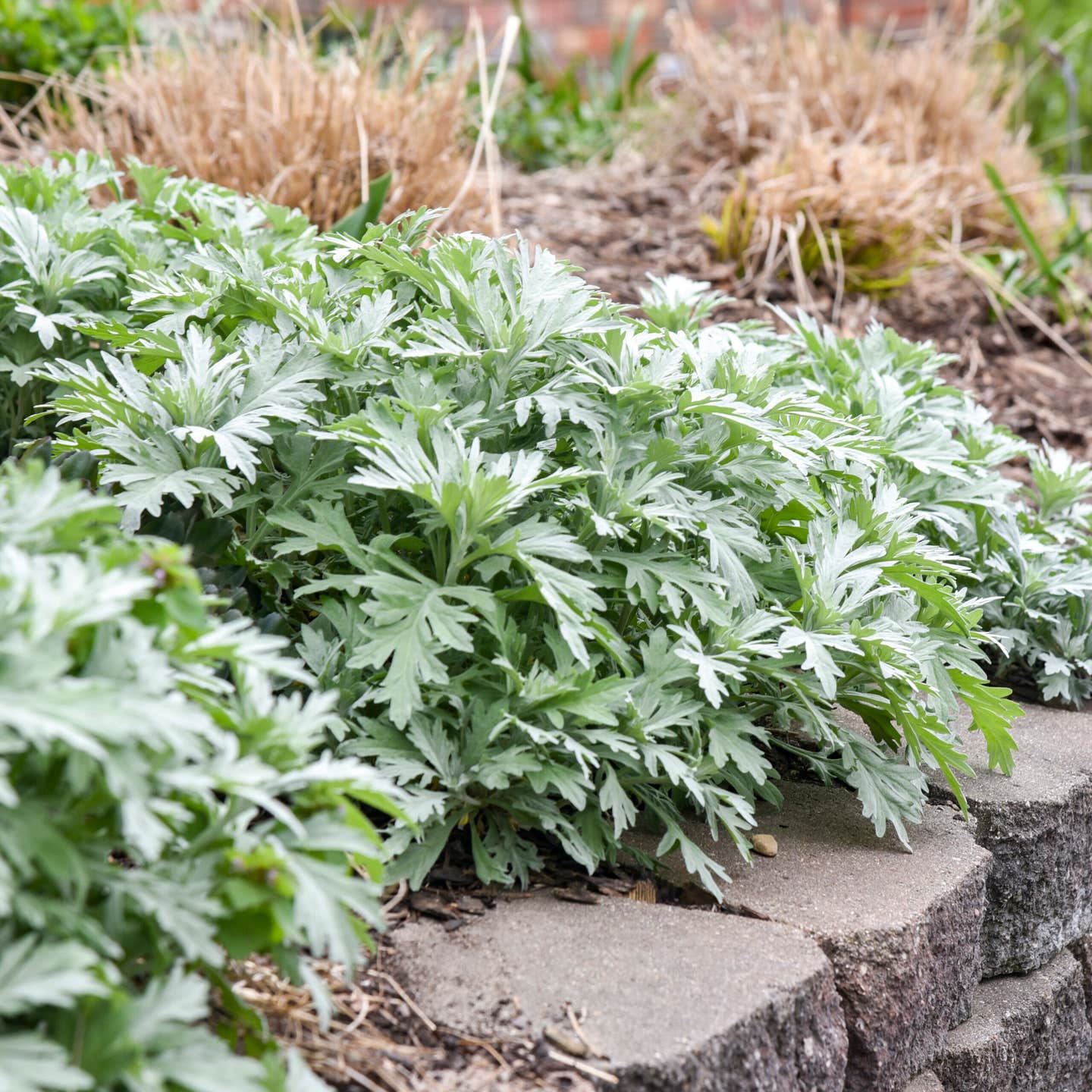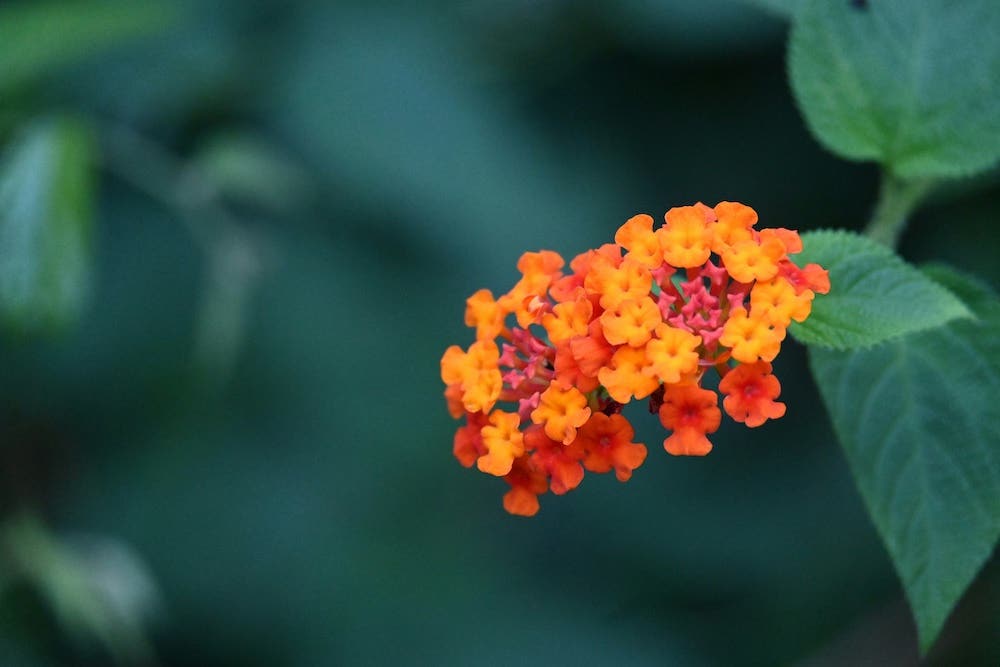Breaking the Rule of Three
Here’s a piece of often-repeated advice for planting perennials: Always plant in odd numbers, in groups of at least three. But there are times when you can’t follow this rule.
Here's a piece of often-repeated advice for planting perennials: Always plant in odd numbers, in groups of at least three.
This is good advice. An odd number of plants can be arranged in an irregular cluster, which looks more natural than a straight line or block shape. Using at least three ensures this group will have some substance; it will be noticed.
But there are times when you can't follow this rule. Perhaps you're working in a space that won't fit three of the desired plant. Perhaps you're sticking to a tight budget and buying one more plant would put you over.
Nan Ondra and Stephanie Cohen share good advice for such a quandary in their book The Perennial Gardener's Design Primer. In such situations, they say, just keep in mind the habit of the perennial in question. Unless it has a strong, distinct form, such as an agave, there's a good chance that in a few years you won't be able to tell just how many plants you originally placed in the grouping—they will pretty much blend into one mass.
As for "planting in ones"—this too can work. Just don't be self-conscious about it. Make that single plant into a true specimen by giving it a noticeable position, such as next to a gate or door, in the very center of the border or at the end of a path. Be forward about the placement and it won't look out of place, random or lost.


